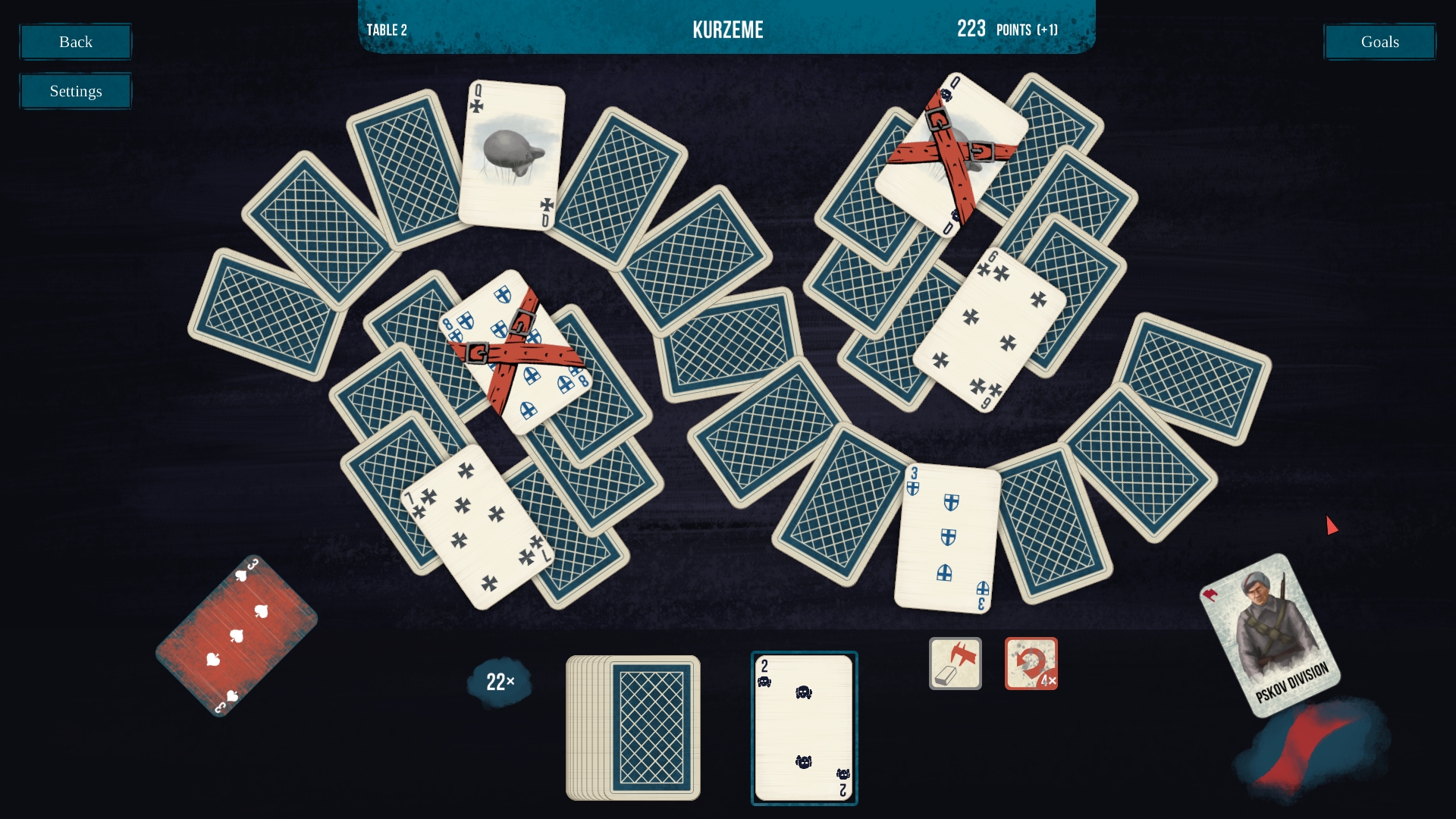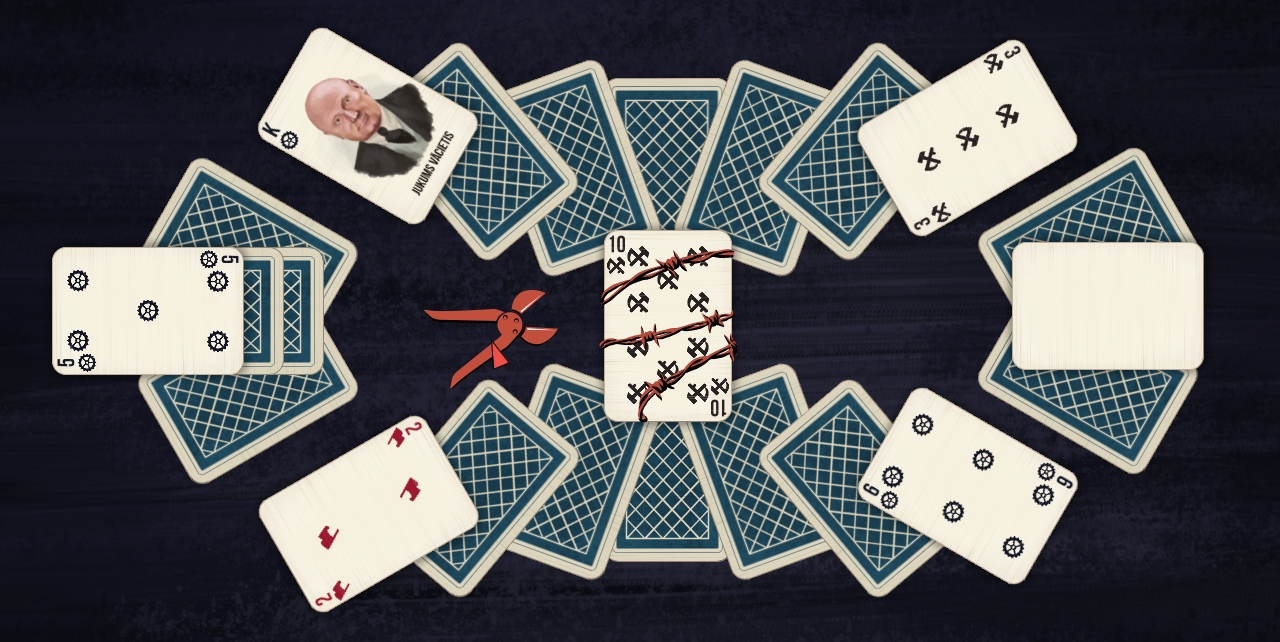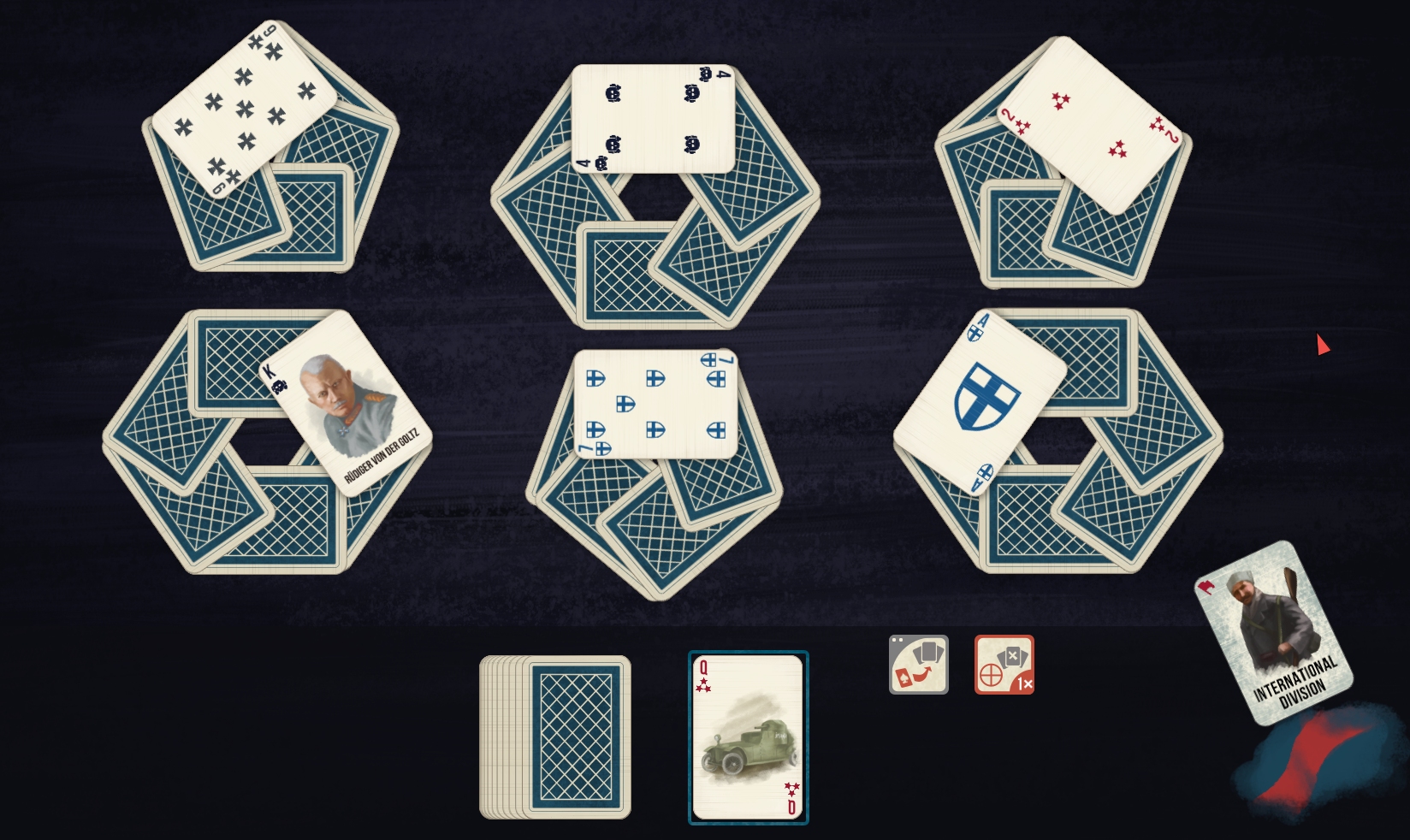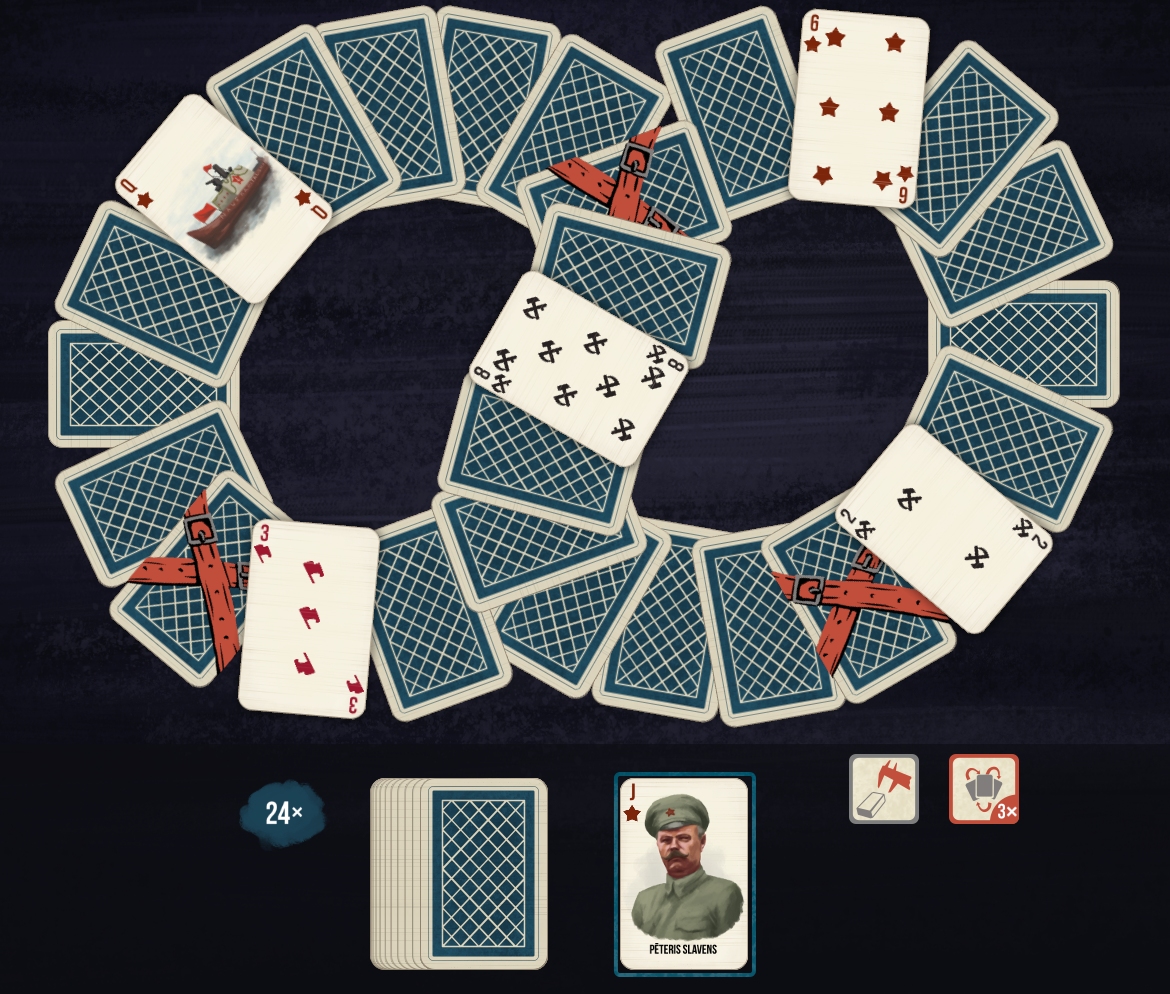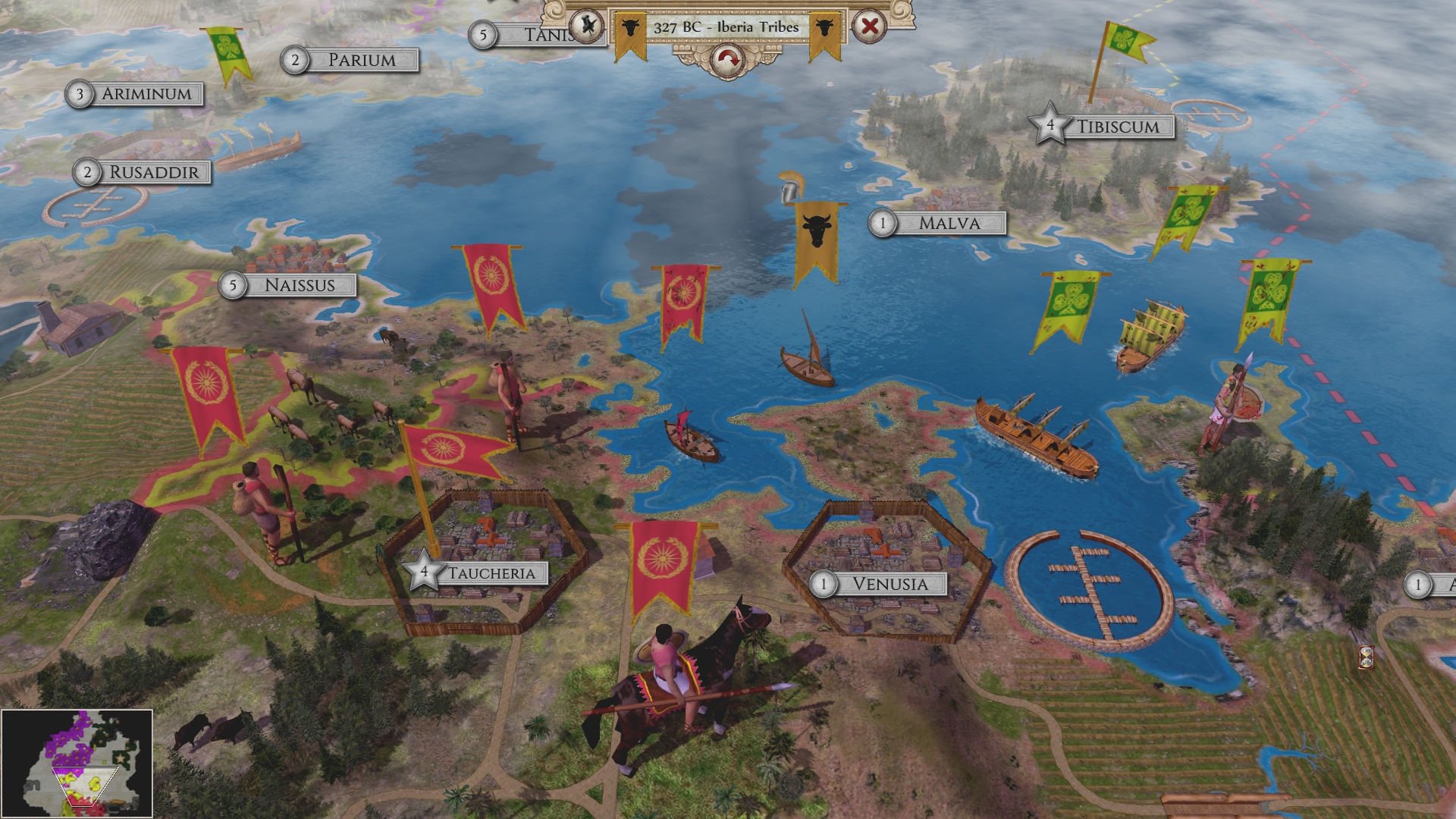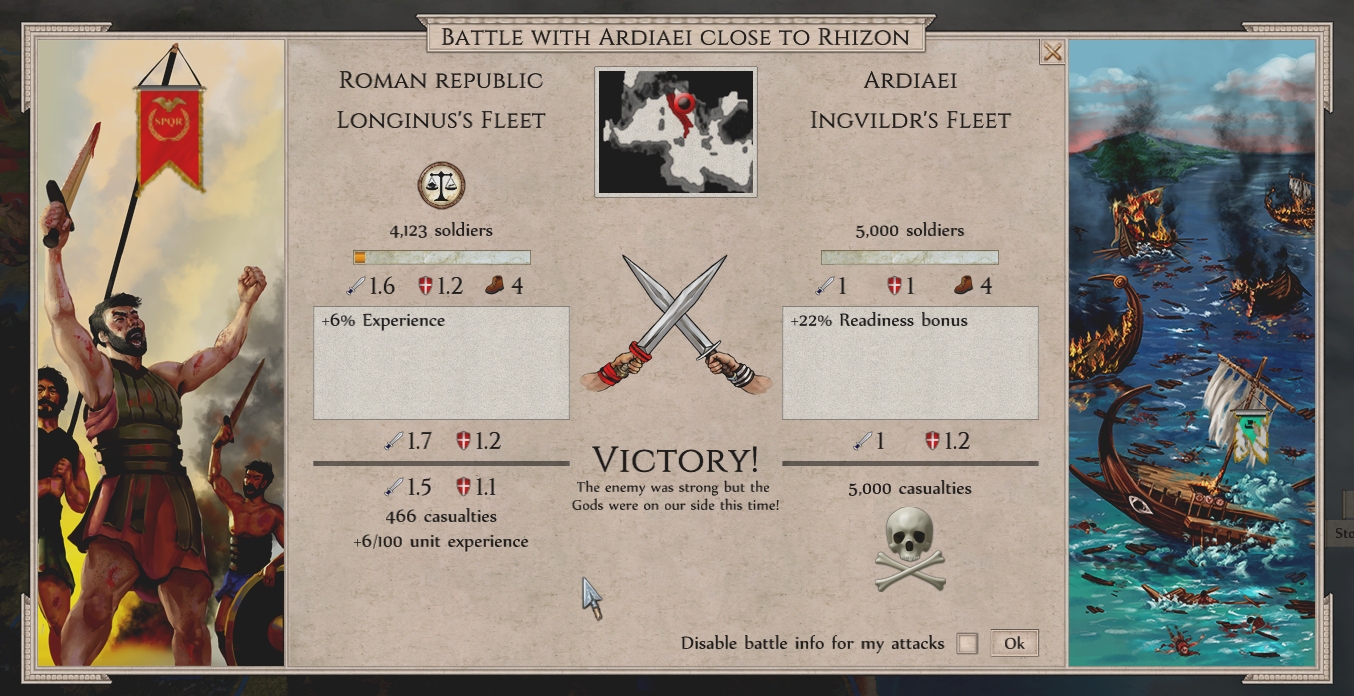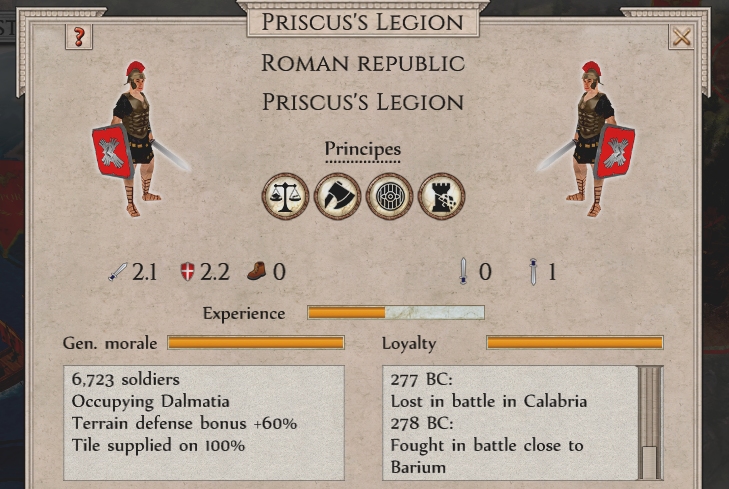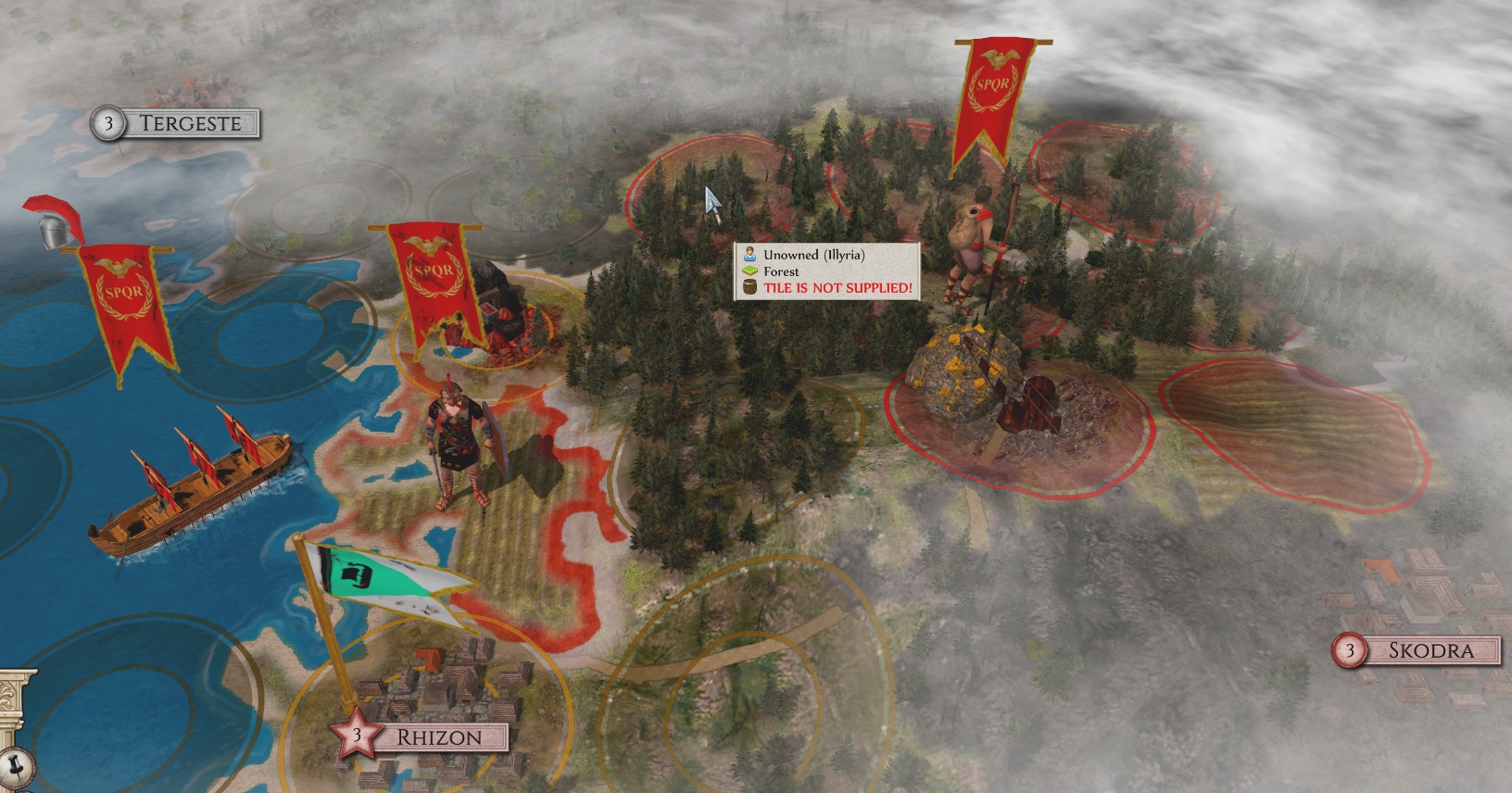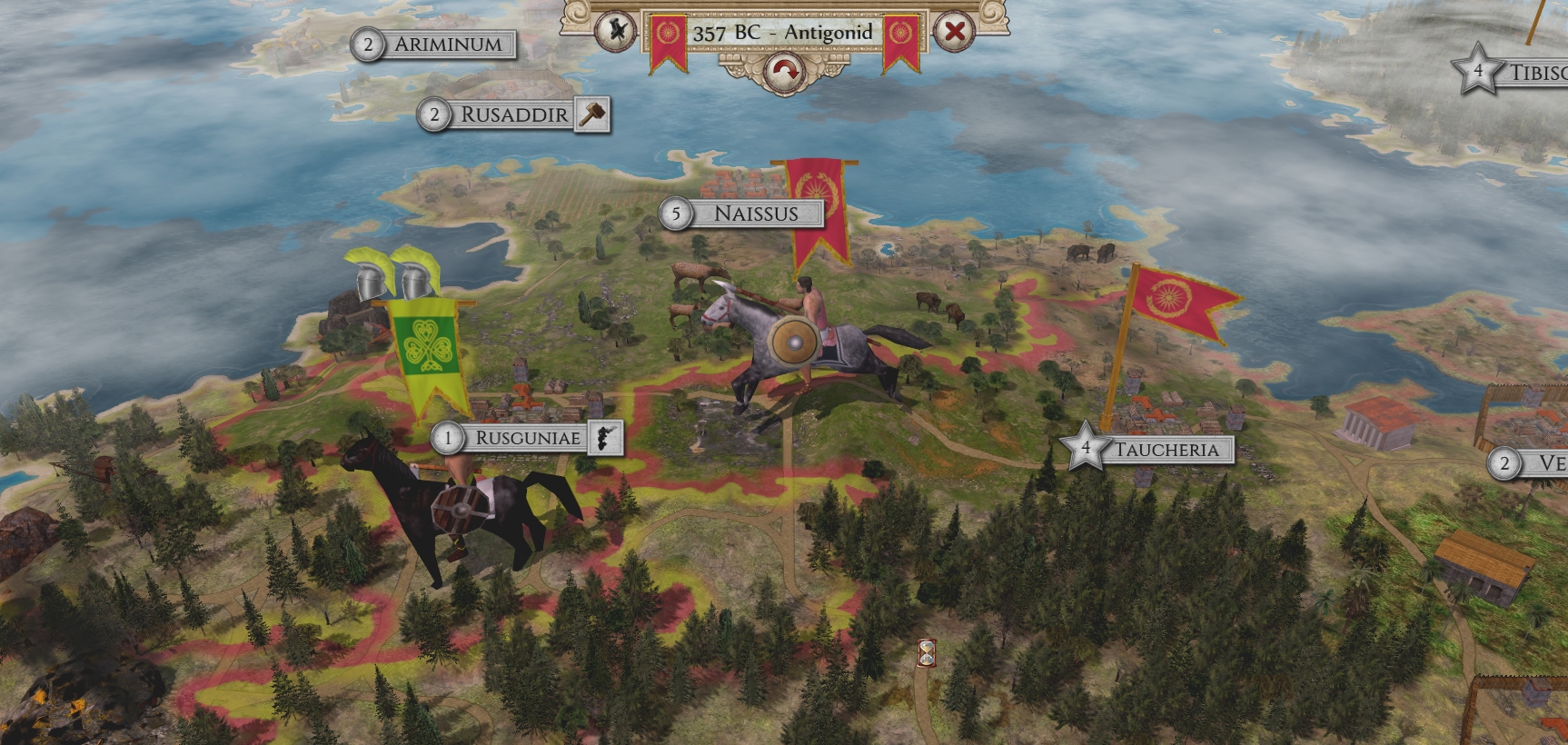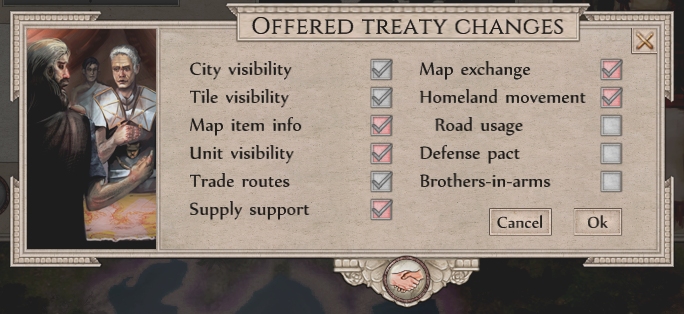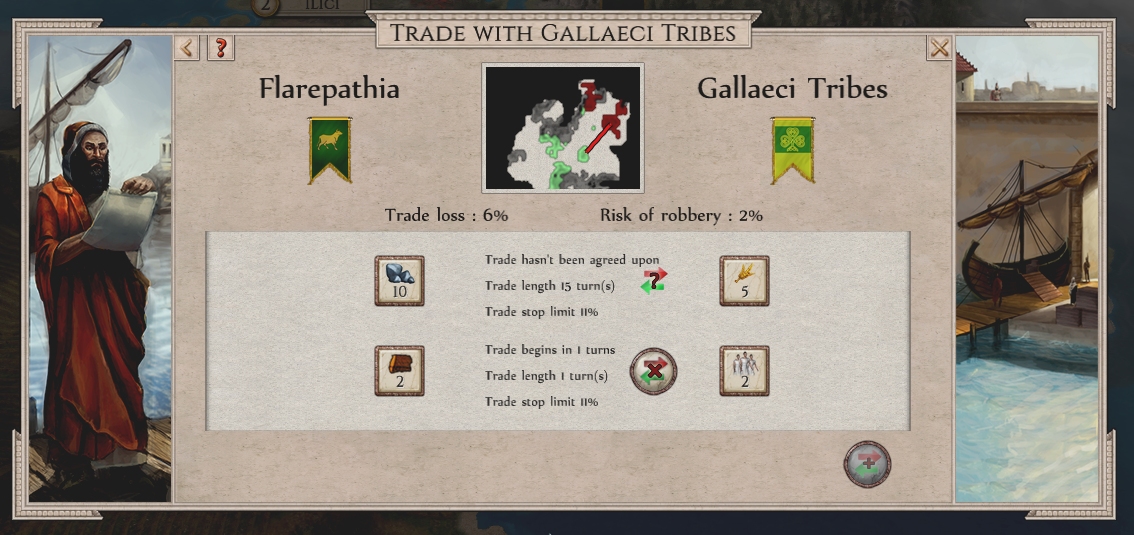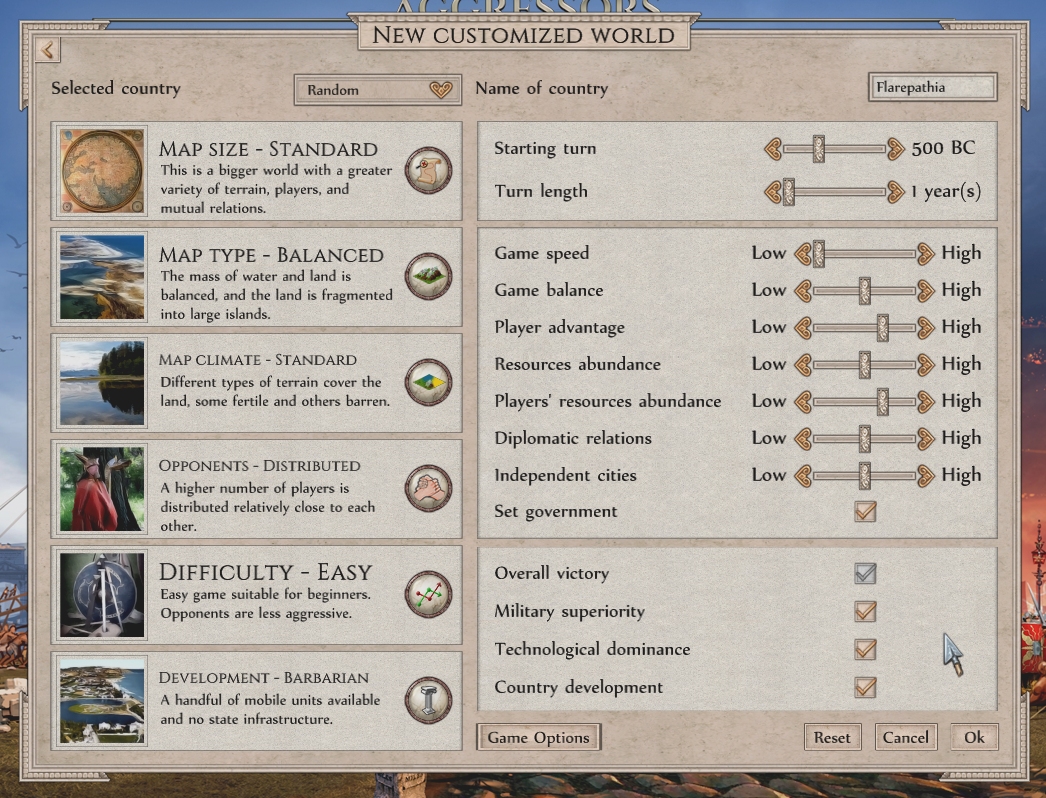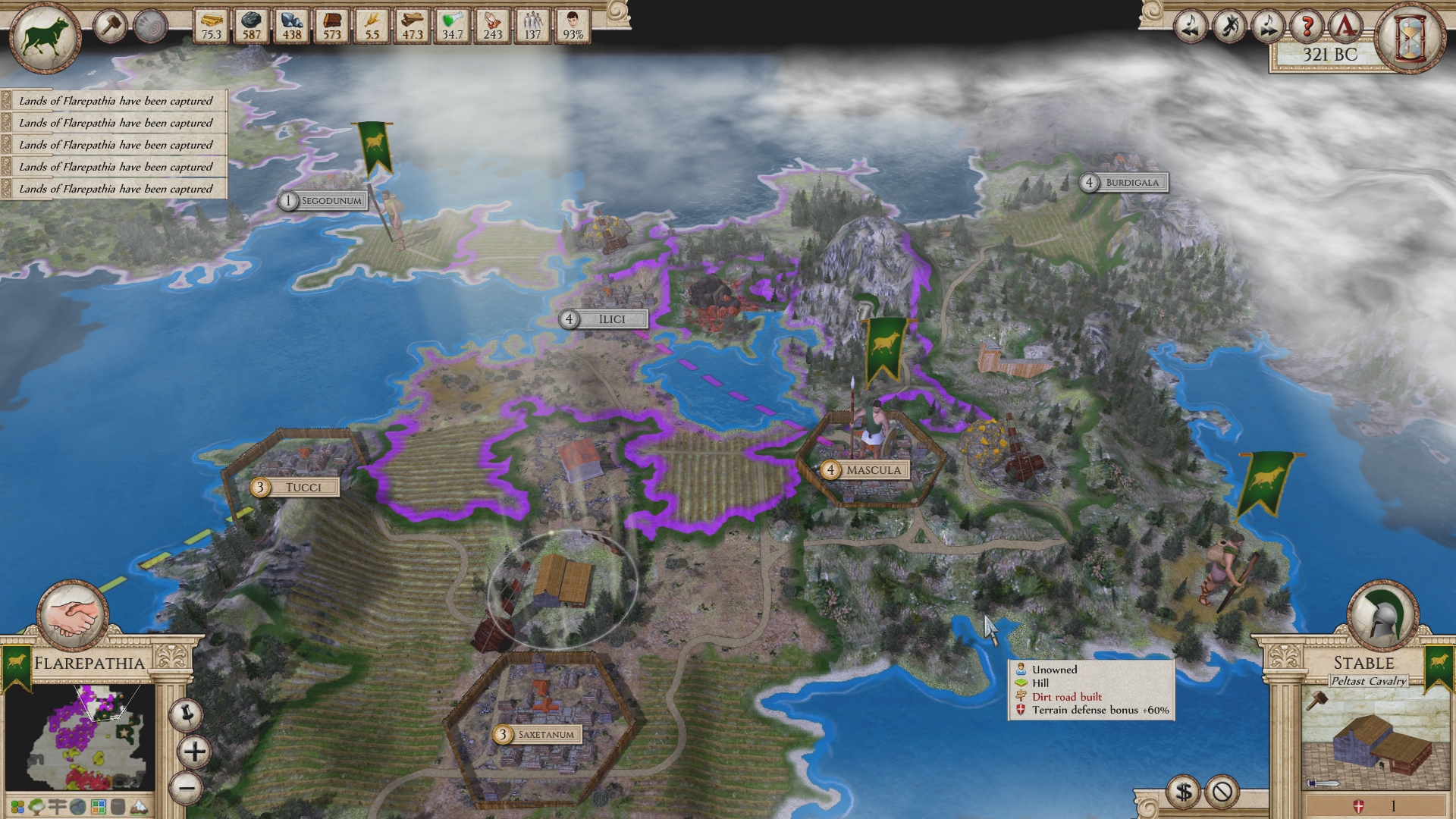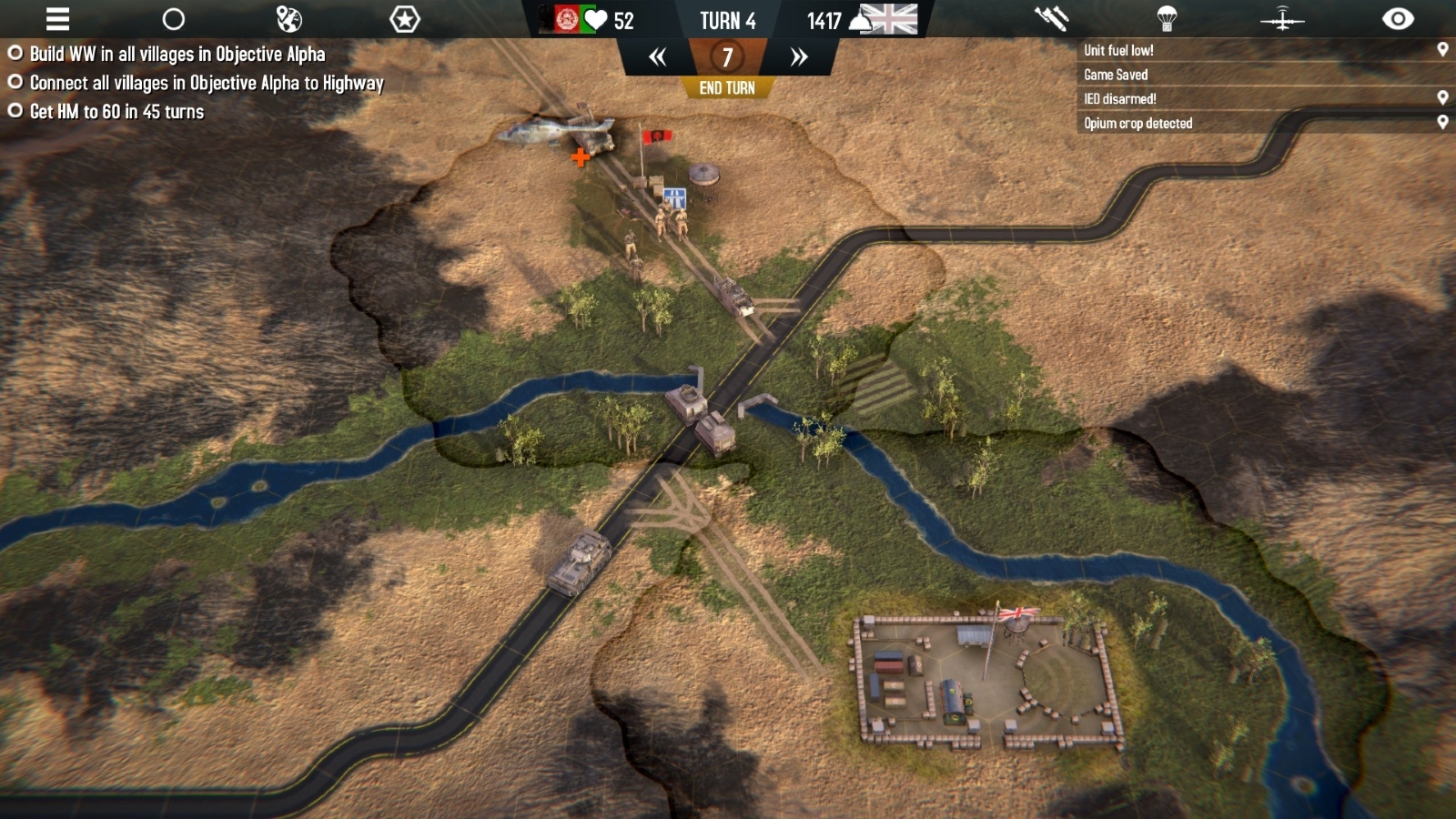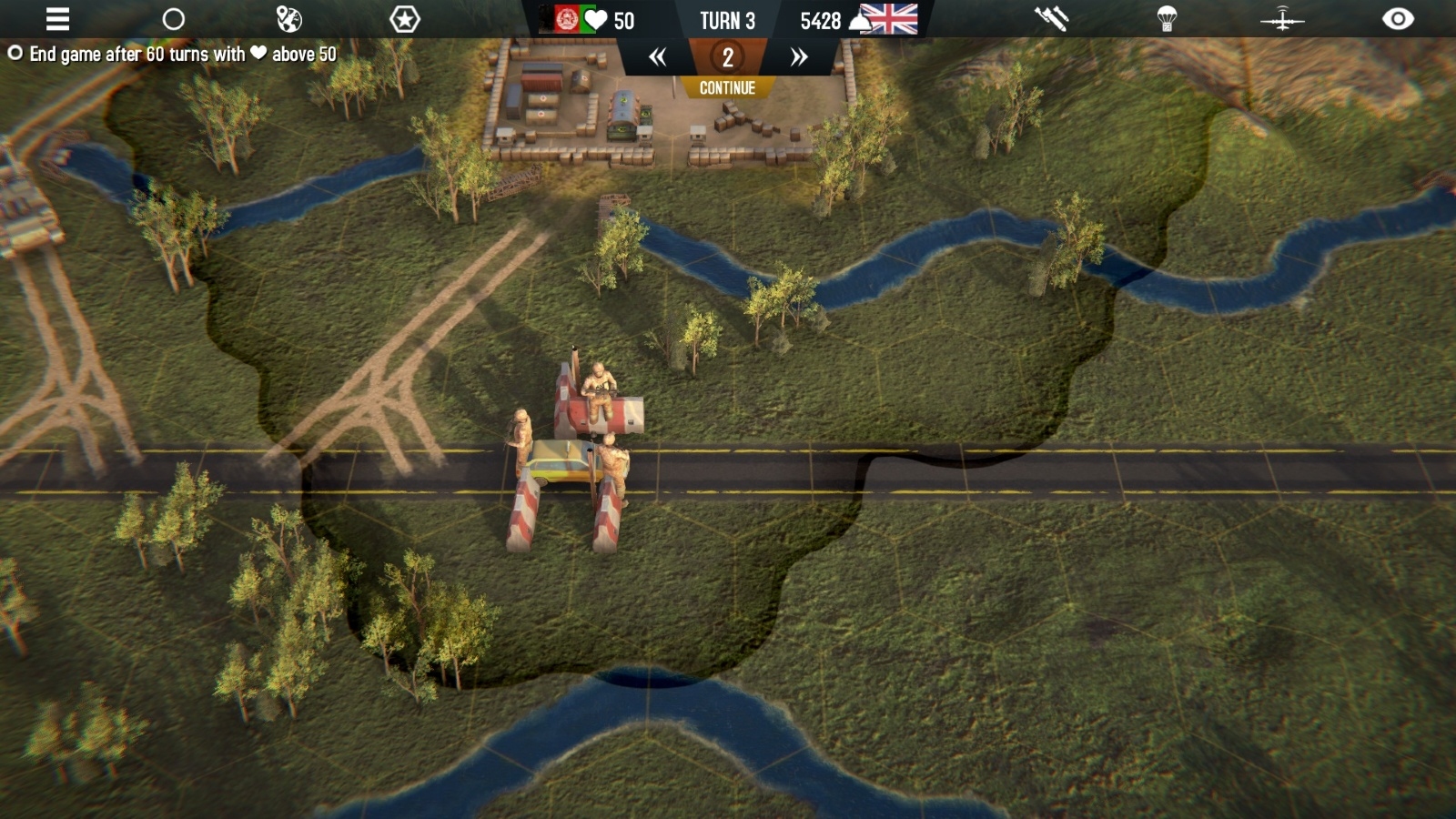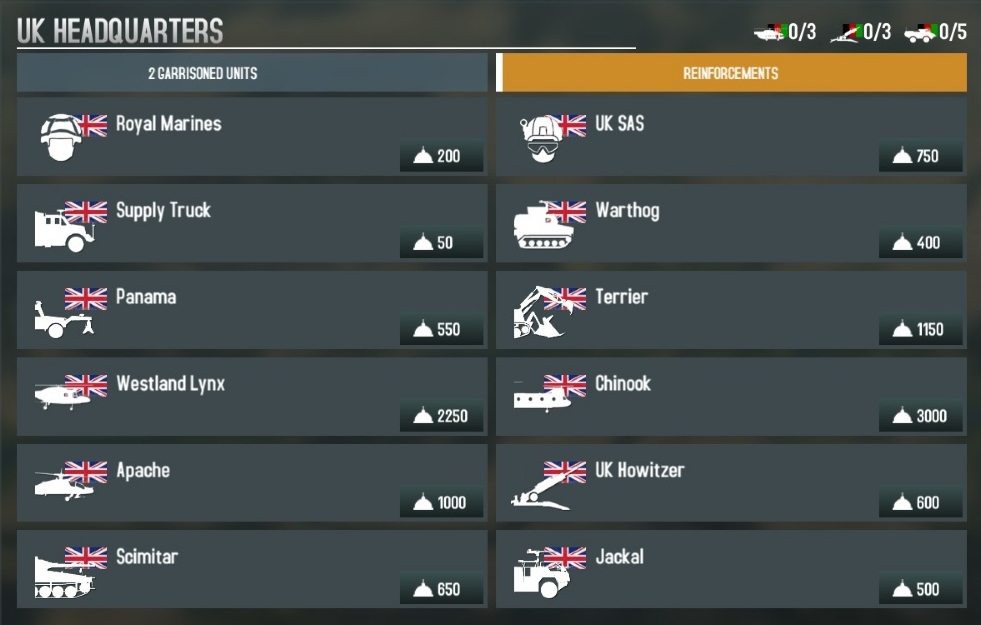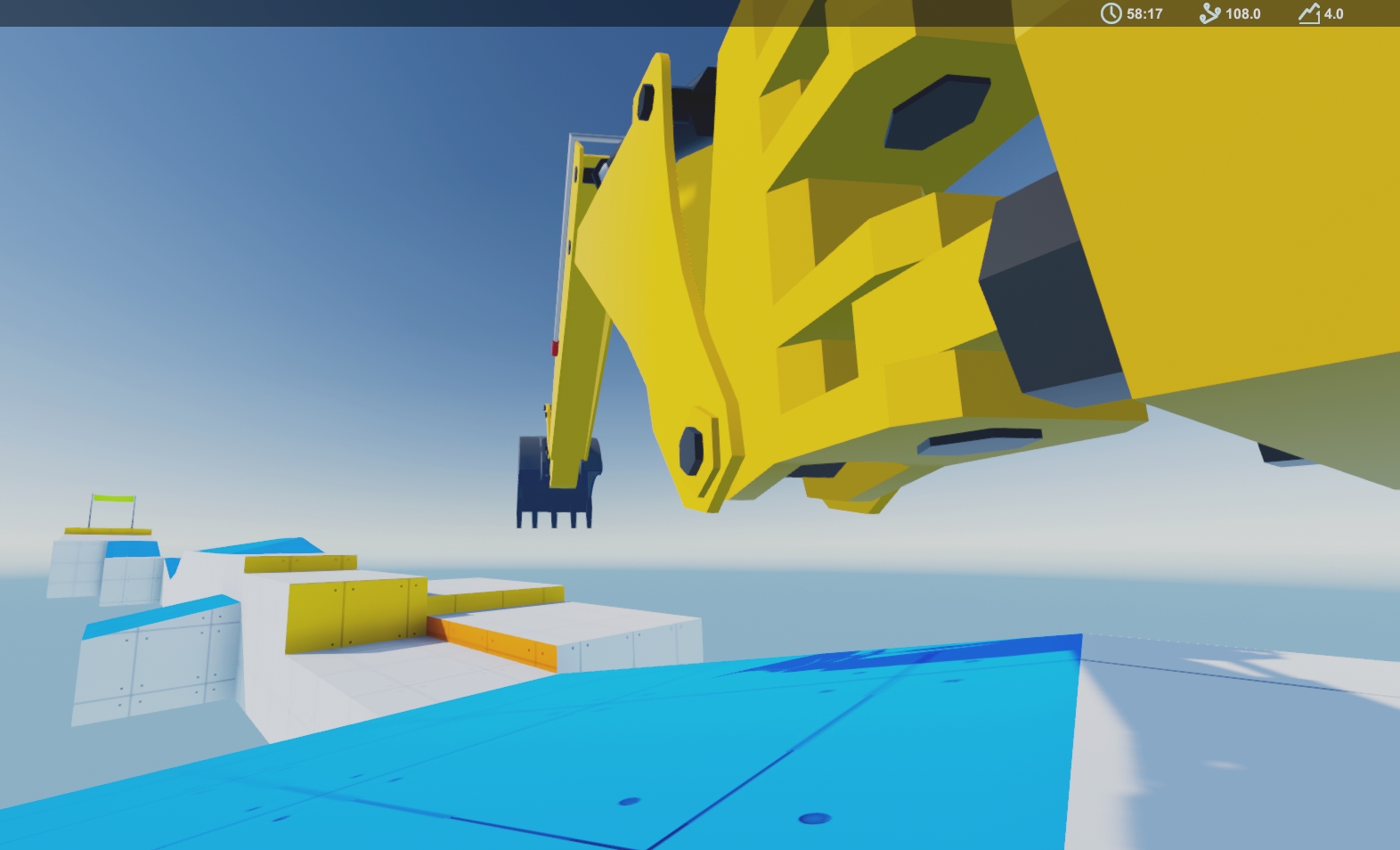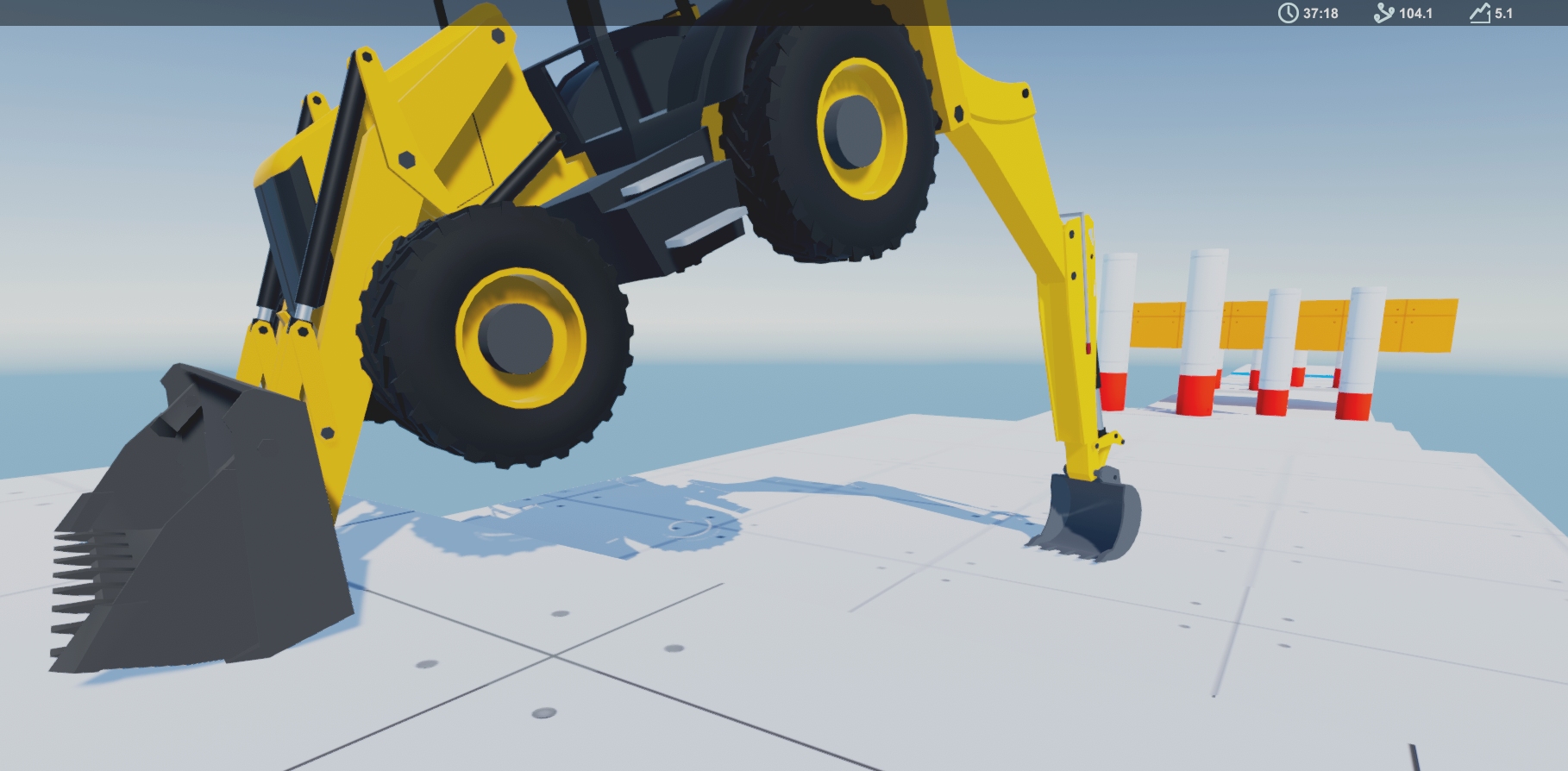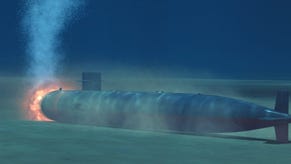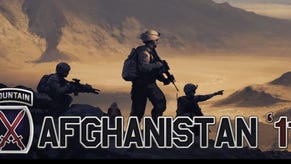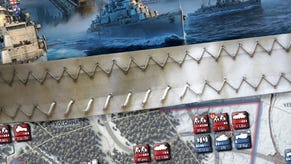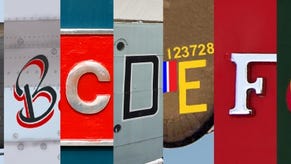The Flare Path: Infinite Patience
Wargame and simulation blather
Patience Scullion's Patience Treasury (1942) might not be the most comprehensive collection of patience rules ever published but, for my money, it's the best. What sets the volume apart is the way it's structured. Miss Scullion curates with context and consumer in mind. There are chapters aimed at insomniacs, invalids, and expectant mothers. She lists game forms that play well on crowded trains, in prison cells, and “under bombardment”. Lost a beloved pet or adrift in a lifeboat? Take heart (or diamond, spade or club) the Patience Treasury has suggestions! Comrades and Barons, a solitaire variant I've been playing incessantly all week, can be found in Chapter XIX - 'Games for Lonely History Teachers, Disillusioned Revolutionaries, and Jaded Wargamers'.
Comrades and Barons: Solitaire of Bloody 1919 is a strange collision of the conservative and the revolutionary. An easily grasped form of patience with hundreds of different 'tableau' (card layouts) spread through its lengthy campaigns, it tells a seldom told tale of conflict and revolt as it quietly yet efficiently diverts.
For many of the inhabitants of Russia, Poland, the Baltic States and Germany, the Armistice of 11 November 1918 didn't bring peace. During 1919, Bolsheviks, nationalists, and a German expeditionary force originally sanctioned by the Entente Powers, clashed in a complicated series of engagements that Maris Ozols explains using briefing screen texts and maps.
Outside of these fascinating wargame-esque preambles, the history in C&B is - it would be foolish to deny - pretty thin on the ground. Kings and jacks are handsomely decorated with portraits of relevant leaders, queens and aces with pleasing depictions of period hardware like armoured cars and observation balloons. Pips are themed. However, the nature of the games you're playing alters little as armies advance and retreat, and fronts convulse and disintegrate.
Whatever the historical background, you are always looking to completely clear the tableau in front of you by moving cards to the 'waste' pile. This refuse heap can be grown with ascending or descending sequences, and doesn't care a jot about suits or colours. When an impasse arises the top card of the 'stock' pile is flipped and added to the waste. No more cards in the stock? Game over.
Maris spices things up with rule twists and tableau variations. Before every session you have the chance to spend earnings (all sessions whether successful or not generate points) on special power bestowing unit cards. The Landeswehr shows how many cards are left in the stock and allows you to snipe four troublesome tableau cards during a game... the Iron Division adds three cards to the stock and lets you remove a random card from the tableau thrice... the Scouts Battalion reveals the next stock card and permits the tableau to be shuffled four times. Each side sports its own set of specialist troops.
Studding the tableau decks are less helpful novelties. Cards wrapped in barbed wire can only be picked up once they've been snipped free with wirecutters (exposing the wirecutters - a card that's always visible - is usually a high priority). Strapped cards remain stubbornly in place until used for the second time.
But it's the endless variety of swirls, loops, spiders, and sigils amongst the tableau that do most to ensure C&B doesn't stale quickly.
Different designs require different approaches. Instinctively reaching for the nearest valid card is rarely wise. The player who thinks about how stacks overlap and attempts to recall what cards have already gone into the waste before picking up, will win far more hands than a player who ploughs on thoughtlessly.
Not that I'd want to imply Comrades and Barons is a game of great depth. Behind the stylish visuals and well-chosen soundtrack, this is a fairly mechanical, luck-dominated solo card game - albeit a fairly mechanical, luck-dominated solo card game that can consume lunch-hours with ease, and surreptitiously slip books about Spartacists and the Latvian War of Independence onto your nightstand.
* * *
As I've not Civ-ed in years I'll leave it to others to judge whether Aggressors: Ancient Rome's truncated timeline and scatter of imaginative innovations are sufficient to protect it from accusations of apery. Released yesterday, the Slitherine-published 4X title is clearly the work of someone steeped in Civilization – someone who has thought long and hard about ways in which the Firaxis formula might be enriched and improved.
The innovations that interest me most are the military ones. Although there's no separate tactical layer, Kubat Software attempt to woo wargamers with an uncomplicated supply/attrition system, influential terrain, and an imaginative approach to morale and recruitment.
Each of the game's five main factions (Roman, Greek, Carthaginian, Persian, and Barbarian) field superficially similar land warfare units (3 x infantry, 3 x cavalry). The temptation to use Celtic axemen the way you'd use Roman legionaries or Greek hoplites, is kept at bay by unequivocal terrain modifiers that simulate the preference certain troop types had for fighting in certain environments. You can fashion a more cosmopolitan/versatile army by using the combatants of annexed states, or recruiting 'native' troops in captured cities, but such colonial warriors, initially at least, have much lower loyalty than homegrown ones meaning they are less effective and robust in combat.
One of the game's most novel novelties is adversary-specific morale. Not only are combat calculations impacted by base stats, terrain, loyalty, experience, trained specialisms ('ambush', 'commando', 'city raider'...) and suchlike, your military track record against the foe in question is also pertinent. Been the whipping boy of the Carthaginians for years? Corrosive fatalism in the ranks will damage your chances of quickly turning the tables. It might be better to let memories of humiliating defeats fade (army morale slowly improves over time) or undertake some morale boosting initiatives (speeches, propaganda, 'strategy reviews'...) before launching another Punic war.
Cities, roads, and terrain determine the extent of supply grids. Units operating outside a friendly fixed network deteriorate rapidly unless close to mobile logistics extenders like ships and wagons. Cities cut-off by besieging forces from the countryside tiles that sustain them, lose condition and morale in similar fashion.
As Kubat mention Panzer General as an influence, it's a little surprising Aggressors doesn't feature hexagons or explicitly represent military bigwigs. Easily accessed unit histories partially fill the character gap, but during a consistently enjoyable beta playtest I found myself hankering for a few heroes and villains – some humanity to lubricate the game's wealth of nicely meshed systems.
Civ-likes are a little outside Flare Path's usual purview, but if no-one else at RPS adopts Aggressors and there are readers interested in other aspects of the game like its impressively flexible diplomacy system...
sophisticated trading options...
laudable random map generator...
and, from what I've seen thus far, pretty competent AI, I'll include a first-hand tale of Classical exploration, expansion, exploitation and extermination (probably mine) in a future column.
* * *
I'm not expecting this overdue adjunct for logistics-heavy, hearts-and-minds wargame Afghanistan 11 to say anything profound about the psychological challenges British Army personnel faced in Afghanistan but I'm cautiously optimistic it will shed light on some of the tactical ones. Every Single Soldier could simply have supplied some new scenarios and reskinned vehicles and called it a day, but instead they are using the imminent A11: Royal Marines to introduce extra texture to what was already an unusually holistic and tense military TBS.
Ignore the Warthog (unfazed by mountains!) and the relatively high Political Points cost of RAF and AAC airpower, and the British arsenal is basically the same, capability-wise, as the US one. It's an added Taliban unit that's set to obliterate the applecart. New nerve everything-shredding car bombs, detected with the help of road blocks and Afghan policemen, plus changes to the way intel gathering works (villages will no longer generate gen at regular intervals) promise to shake up the game's familiar activity cycles and core tactics pretty violently.
* * *
Flare Path Commandment #173. Until devs work out how to code earth that crumbles and slumps and heaps and carves the way earth crumbles and slumps and heaps and carves, the words 'Digger' and 'Simulator' should never share a box lid or title screen; polygonal excavators should only be used as arena props in DiRT instalments and as clumsy conveyances in fiendish puzzle games like BH Trials.
The JCB in free prototype BH Trials is seriously and strangely broken. Backhoe and front loader work fine but the brakes and steering are kaput and there's no power reaching the wheels. If this wasn't bad enough, some joker has marooned your yellow invalid at one end of a torturous sky-suspended assault course. To reach the other end you need to use your hydraulic appendages the way a mangled-but-determined mountaineer uses their one unbroken arm and leg.
Reach, grab, haul. Reach, grab, haul. After ten minutes of experimentation with the two-handed controls (five minutes if you're a Farming Simulator forestry expert) you're sure to have mastered the basics of forward motion. Learning how to wiggle through pillared chicanes reasonably swiftly and ascend ramps without immediately rolling back the way you came, takes a little longer.
Defeated several times by some colossal steps about halfway down the course, I've got my fingers crossed that Escornabois will eventually implement a proper save system and improve the cameras (multiple cams with zoom capability, please). Without such aids and crutches, BH Trials, in prototype form at least, has the power to break all but the doggedest digger draggers.
* * *
Walking a JCB across Aerofly FS 2's latest scenery would be a piece of boterkoek. Created by Orbx, professional landscape gardeners better known for their MSFS embellishments, Netherlands TrueEarth recreates Europe's most contour-poor country in astonishing detail. Judging by user vids like the one below, all the picturesque clutter comes at a remarkably low FPS cost too.
* * *




